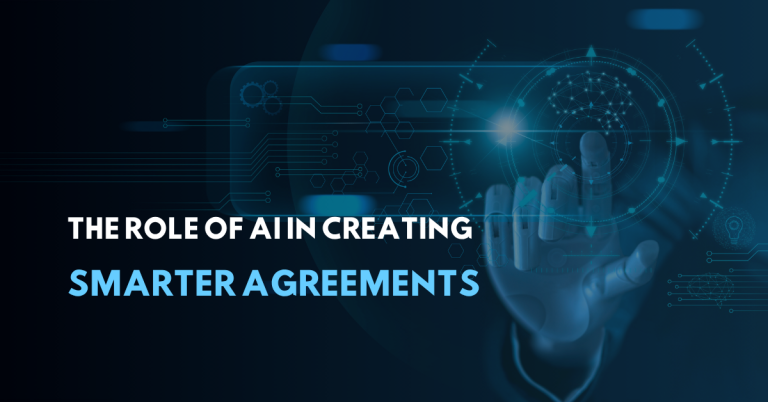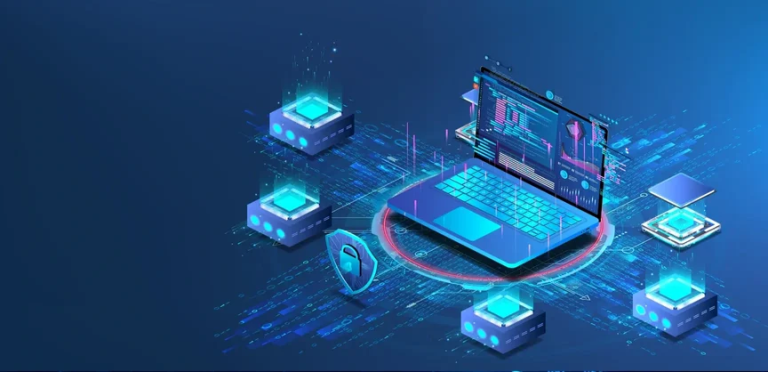How to Choose the Best OCR Software for Accurate Invoice Data Extraction?
In today’s fast-paced business world, managing invoices manually is no longer viable. Companies need automation tools that can streamline accounts payable, eliminate human error, and scale with business growth. That’s why many finance departments are actively seeking the best OCR software for invoice processing — a critical step toward digitization and operational efficiency. One standout in this field is Turbodoc.io, which offers AI-powered OCR solutions designed specifically for complex document workflows like invoice handling.
But with dozens of solutions on the market, how do you determine which one is right for your organization? This article explores how OCR works in invoice data extraction, the key features to look for, and how leading platforms compare in terms of accuracy, integration, and usability.
What Is OCR Software, and Why Does It Matter for Invoice Processing?
Optical Character Recognition (OCR) software uses machine learning and pattern recognition to convert text from scanned or photographed documents into machine-readable data. When paired with AI and intelligent data capture technologies, OCR becomes a powerful tool for automating accounts payable.
Why Invoice Data Extraction Is Complex:
Invoices vary greatly in:
- Layouts and templates (vendor-specific formats)
- Languages and currencies
- Data fields like PO numbers, due dates, and tax IDs
This variability makes accurate invoice extraction challenging, requiring more than just basic OCR—AI-based contextual understanding is crucial.
Key Criteria for Choosing the Right Invoice OCR Software
Here are the top features and evaluation points to consider when selecting an OCR tool for invoice automation:
Data Extraction Accuracy (Above 90%)
Accuracy is the cornerstone of invoice OCR. The best tools use AI to understand context and structure—not just text.
- Pro tip: Look for platforms with published benchmarks or accuracy scores. Turbodoc.io, for example, leverages machine learning models trained specifically on financial documents, achieving high accuracy across multilingual invoice sets.
Support for Line-Item Recognition
Capturing totals is not enough. You need itemized data—product names, quantities, and unit prices.
- Essential for: inventory reconciliation, auditing, and procurement integration.
Built-In Validation & Auto-Correction
Advanced OCR solutions validate extracted data against known values (e.g., vendor databases, PO systems) and flag anomalies before export.
Cloud vs. On-Premises Deployment
- Cloud-based OCR (like Turbodoc.io) offers scalability, automatic updates, and remote access.
- On-premise might be suitable for highly regulated industries (e.g., government or healthcare).
Integration Capabilities
OCR software should connect easily with:
- ERP systems (SAP, Oracle, NetSuite)
- Accounting tools (QuickBooks, Xero)
- Workflow automation platforms (Zapier, Make)
Feature Comparison: Leading Invoice OCR Tools in 2025
| Feature / Platform | Turbodoc.io | ABBYY FlexiCapture | Kofax | ||||
|---|---|---|---|---|---|---|---|
| AI-Powered Accuracy | ✅ High (95%+) | ✅ High | ✅ | ||||
| Line Item Capture | ✅ Yes | ✅ Yes | ✅ | ||||
| Cloud-Based | ✅ Yes | ❌ Hybrid | ✅ | ||||
| ERP Integration | ✅ Native APIs | ✅ Extensive | ✅ | ||||
| Ease of Use | ✅ Intuitive | ⚠️ Complex Setup | ⚠️ | ||||
| Pricing Flexibility | ✅ Transparent | ❌ Enterprise Only | ❌ | ||||
Real-World Use Case: How OCR Cuts Invoice Processing Time by 80%
A 2023 Deloitte study found that companies using automated invoice processing reduced manual handling time by 80% and cut invoice approval cycles from 10 days to under 2. The study emphasized that OCR platforms integrated with workflow engines delivered the most significant ROI.
One mid-sized eCommerce company using Turbodoc.io reported:
- 3x faster invoice entry
- 98% reduction in data entry errors
- Seamless sync with Xero and their procurement platform
Common Mistakes to Avoid When Choosing OCR for Invoices
- Choosing general OCR over invoice-specialized OCR: Invoice processing requires domain-specific AI training.
- Ignoring post-processing validation: Extraction is half the battle; validation ensures reliability.
- Neglecting integration needs: Even the best OCR is useless if it doesn’t sync with your accounting stack.
- Focusing only on cost: Low-cost tools may lack essential features like fraud detection, duplicate checking, or audit trails.
Questions to Ask Vendors Before Buying
- What is your invoice-specific accuracy rate?
- Do you offer training on custom templates?
- Is line-item extraction included in all pricing tiers?
- Can I test the software with my real invoices?
- What does onboarding and support look like?
Final Thoughts
Investing in the best OCR software for invoice processing isn’t just about eliminating paperwork—it’s about transforming your accounts payable into a strategic, automated function. With intelligent platforms like Turbodoc.io, you can drastically improve accuracy, accelerate workflows, and focus on high-value finance activities.
In a competitive landscape, where operational efficiency is a major driver of growth, having reliable OCR software for invoice extraction gives you a significant edge. Take the time to evaluate features, test real-world performance, and choose a platform that grows with your business.







